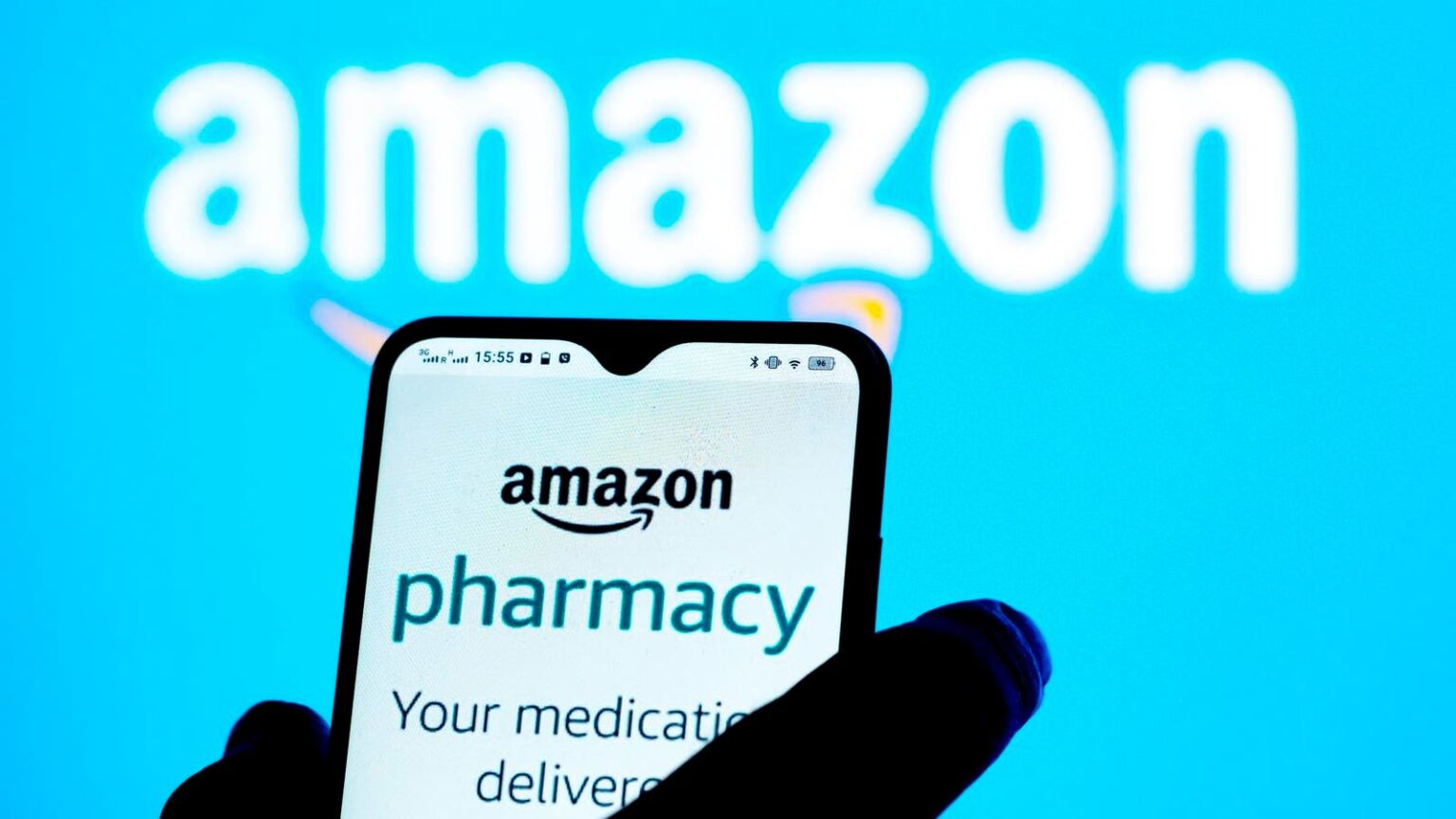Amazon has been quietly assembling the parts of what could become a healthcare delivery giant. And, what segment could be next?
Amazon appears poised to do for prescription drugs what it did three decades ago for books: keep prices low and make it easy to order, pay for, and receive—all from the comfort of home.
Amazon has been in the prescription medication business for almost six years, starting with its 2018 purchase of online pharmacy PillPack. But the Amazon Pharmacy brand didn’t officially debut until November 2020, in the midst of the Covid-19 pandemic, when going to the drugstore required a mask and a degree of endurance. The ability to order basic, widely-used drugs online for conditions like diabetes and COPD/Emphysema became especially attractive. Prime members were eligible for discounts of up to 80% on generic drugs and 40% on branded products, with free two-day delivery.
The introduction of Amazon Pharmacy made little more than a ripple at the time.
There were other online players in the mail-order medicine business, including pharmacies in countries like Canada that, since 2000, could legally ship medications to the US at huge savings. Insurers had been encouraging consumers to go mail-order by offering modest discounts.
The Amazon Pharmacy online rollout was seen by some observers at the time as just another of the company’s retailing experiments, like some of its failed physical store concepts. Pharmacy seemed like little more than a way to squeeze a bit more revenue out of its Prime member base.
Amazon doesn’t break out revenue statistics for its drug sales, so what was really happening was a mystery until this past summer, when an internal company document was leaked and reported on by news site BusinessInsider.com. According to the December 2023 document (which the company later said was based on preliminary data and thus not accurate), Amazon was projecting $3 billion in revenue from its healthcare business this year, a robust 30% surge from 2023.
That included a 45% jump in pharmacy sales, projected to hit $1.8 billion this year. Yes, that’s Billion with a B.
This past June, Amazon extended its existing RxPass subscription service to Medicare Prime members, an inflection point that seems to have persuaded doubters that the company was all in on mail-order pharmacy.
“Baby boomers, still a sizable cohort, are often the ones bearing the brunt of high-cost prescriptions,” Greg Zakowicz, an e-commerce expert at Omnisend, told Business Insider. As it expands its drug offerings, combined with its current subscriber base, Zakowicz said that Amazon Pharmacy “could become the top one or two pharmacies in the U.S.”
That would be quite an accomplishment, considering last year’s estimated prescription revenue for industry leaders CVS and Walgreens Boots Alliance was more than $90 billion each. Total pharmacy industry prescription revenue last year was estimated at nearly $500 billion.
Neil Saunders, managing director at research firm GlobalData, recently told industry website PYMNTS.com that the online market is still small and Amazon has not yet disrupted it. But he notes that the brick-and-mortar competition has been making the case for online growth with declining customer service. “This is playing right into Amazon’s hands by driving more people online.”
Recall the book industry. It was disrupted due in part to a fragmented market with lots of independent operators and a few large players. It seems Amazon has identified a model of disruption that works. Pharmacy appears to be one of those for sure.
The other very interesting question is: What industry segment could be next?
Read the full article here

